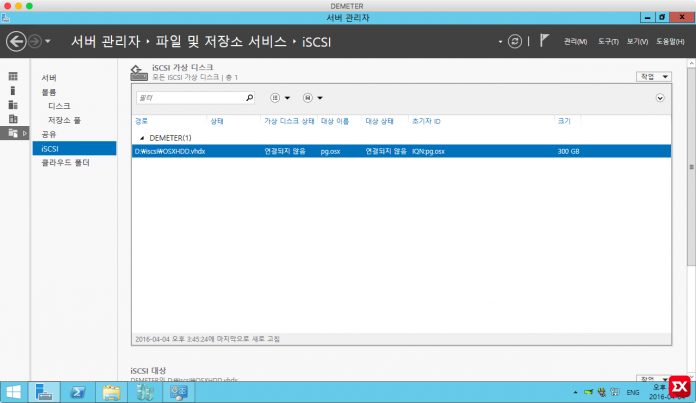
There are several iSCSI initiators available for OS X, but we’ll limit this example to using the globalSAN iSCSI initiator which appears to be popular. It’s a simple 3-step process to setup access to the iSCSI target on the ReadyNAS. So, let’s get started. Step 1: Download and install the globalSAN iSCSI Initiator. 1) downloading iSCSI initialization for Mac OS X 10.5x globalSAN3.3.0.43.dmg.zip 2) Unzip and mount it by diskutil and install 'globalSAN iSCSI 3.3.0 Installer.mpkg' by double click, following the installation instruction at the end is necessary to rebook Mac for installing iSCSI kernel extension. The globalSAN iSCSI Initiator for macOS/OS X enables Mac computers to connect to practically any iSCSI storage target, using standard GbE or 10GbE hardware. ISCSI Overview iSCSI is a block-level protocol that enables the ability to implement a Storage Area Network (SAN) within an Ethernet/IP infrastructure.
Open Iscsi
Here I will provide successfully solution how to make Backup disk for Mac OS X 10.6 'Snow Leopard' over iSCSI LUN from NetAPP.
Following this instruction:
1) downloading iSCSI initialization for Mac OS X 10.5x
globalSAN_3.3.0.43.dmg.zip
2) Unzip and mount it by diskutil and install 'globalSAN iSCSI 3.3.0 Installer.mpkg' by double click, following the installation instruction at the end is necessary to rebook Mac for installing iSCSI kernel extension.
3) After Mac restarted, open 'System Preferences' – > 'globalSAN iSCSI' ( in Studio Network solutions ).
4) goto to preferences tab and copy the 'Initiator Name'. Example: ' iqn.2005-03.com.sns:mac-osx-mac-pro'
5) Now connecting to the NetApp command line interface and execute bellow commands:
netapp01> lun create -s 500g -t windows_gpt /vol/smaccel/macosxlun
lun create: created a LUN of size: 500.1g (536952700928)
Comment: here important to show Lun file system type as windows_gpt, all others Mac will not understand
Iscsi initator and MAC OS X backup to adaptec snap server. The snap server supports ISCSI and I have installed the globalSAN iscsi initiator on our mac server. I have setup a ISNS IP address.
netapp01> igroup create -i -t windows macosx
Comment: here necessary to show 'windows' type of group
netapp01> igroup add bridget iqn.2005-03.com.sns:mac-osx-mac-pro
Comment: here we assigning your Mac iSCSI initiator to the group
netapp01> lun map /vol/smaccel/macosxlun macosx
lun map: auto-assigned macosx=0
Comment: here we mapping iSCSI LUN to the our group
netapp01> igroup show
bridget (iSCSI) (ostype: solaris):
iqn.2005-03.com.sns:mac-osx-mac-pro (not logged in)

Globalsan Iscsi Initiator For Os X 10.10
netapp01> lun show -v
/vol/smaccel/macosxlun 500.1g (536952700928) (r/w, online, mapped)
Serial#: hpj4J4SUSXBx
Share: none
Space Reservation: enabled
Multiprotocol Type: windows_gpt
Maps: macosx =0
netapp01> iscsi security add -i iqn.2005-03.com.sns:mac-osx-mac-pro -s CHAP -p maciscsipassword -n maciscsiuser
Comment: maciscsiuser and maciscsipassword are CAHP username and password for iSCSI authentication
6) Now in Mac -> System Preferences->globalSAN iSCSI in Portals tab we must insert IP address of NetApp storage with created iSCSI LUN
7) After it – go to Targets tab , select IP of NetApp an click at 'Modify' button.
8 ) Check CHAP authentication box and write created username and password, press 'Connect'
9) At 'Sessions' tab select netapp initiator and press 'info'. At button you must see NetApp disk info
If your iSCIS LUN not ready partitioned from Mac OS – after login in to initiator, the Diskutil will automated asked you to initialize new founded RAW partitioned disk.
10) in Diskutils create new one partition 'Mac OS Extended Journaled' with GUID Partition Table.
11) In Time Machine preferences select new iSCSI mounted Disk and switch it On